- Healthy Innovations
- Posts
- 👓 Smart glasses go to medical school
👓 Smart glasses go to medical school
How augmented reality eyewear is quietly transforming healthcare delivery
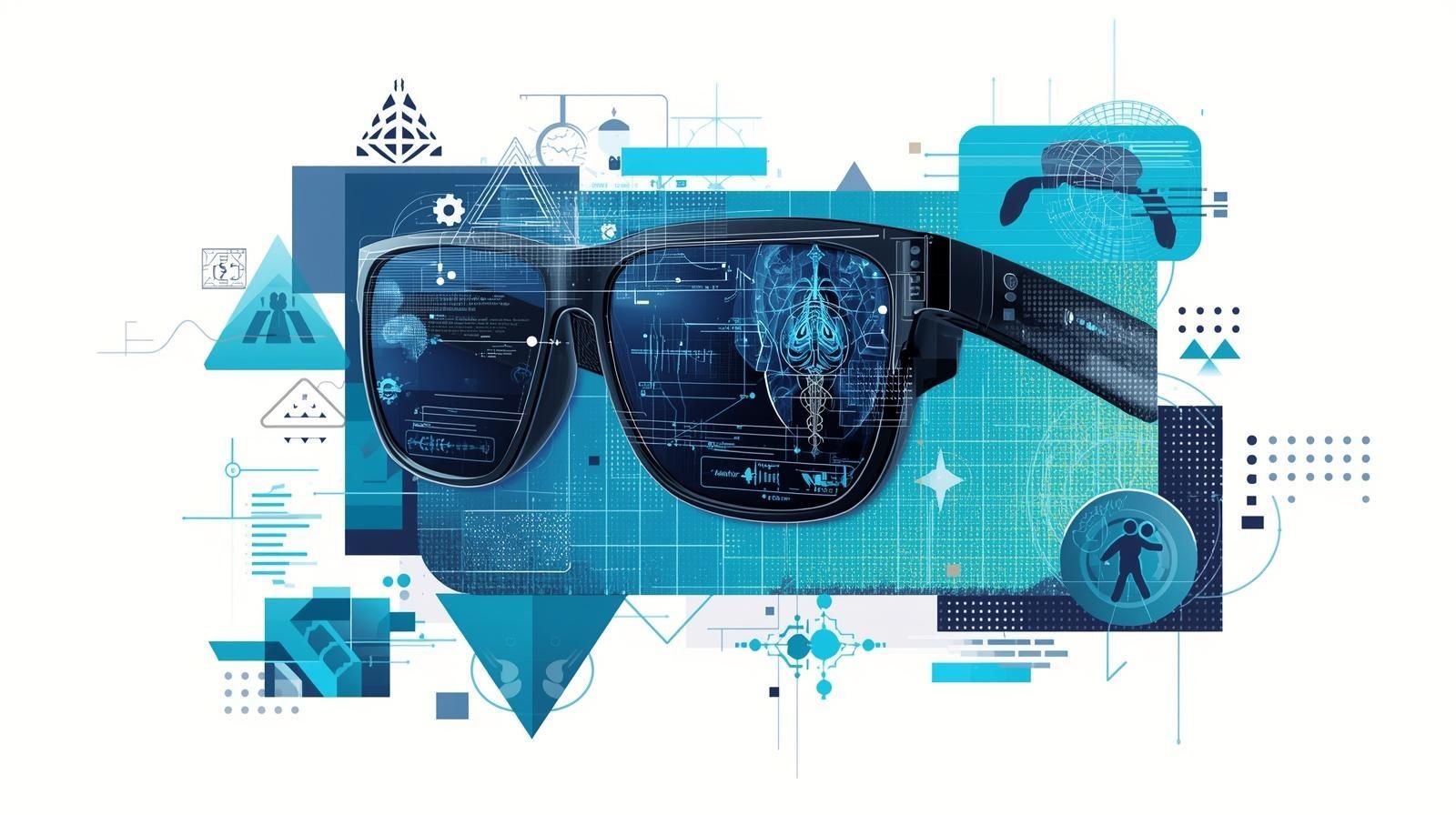
Welcome back to Healthy Innovations! 👋
In today’s issue (number 44!) we're exploring how smart glasses - those futuristic eyewear devices that once seemed destined for consumer failure - are finding their true calling in medicine.
From operating rooms where surgeons perform complex procedures with patient data floating in their field of vision, to remote clinics where specialists guide diagnoses from thousands of miles away, augmented reality eyewear is quietly changing how healthcare is delivered.
So, let's take a look!
The operating room at Stanford Medical Center looks much like any other - except for one detail. The lead surgeon is wearing what appears to be ordinary eyeglasses. But these aren't standard prescription lenses. They're displaying the patient's CT scan, vital signs, and a 3D reconstruction of the surgical site, all floating in the surgeon's field of vision while their hands remain free to operate.
Welcome to the smart glasses revolution in healthcare - a transformation that's happening far from consumer headlines, in hospitals, clinics, and medical training facilities around the world.
AI-enhanced smart glasses show great potential
as a critical interface between healthcare providers
and patients, poised to play a vital role in the
future of personalized medicine and continuous
health management.
The evolution of medical eyewear
Smart glasses - wearable computers with optical head-mounted displays - seemed destined for consumer obscurity after Google Glass's rocky consumer debut in 2013. But while the public moved on, healthcare professionals saw something different: a hands-free computing solution for environments where sterility, mobility, and real-time information access are critical.
The technology has matured significantly since those early days. Modern medical smart glasses combine AR overlays, high-resolution cameras, voice control, and wireless connectivity in lightweight, comfortable frames. Unlike their clunky predecessors, today's devices look increasingly like regular eyewear - which matters tremendously for patient comfort and clinical adoption.
It's important to distinguish smart glasses from VR headsets like Meta Quest or HTC Vive.
While VR headsets create fully immersive virtual environments and have valuable medical applications in surgical training simulations and pain management, smart glasses augment rather than replace your view of reality. You can see your patient, your instruments, and your surroundings while digital information enhances what you're already seeing.
This fundamental difference makes smart glasses practical for real-time clinical care, whereas VR headsets are primarily used for training, therapy, and simulation environments.
Transforming surgical precision
Perhaps nowhere is the impact more dramatic than in the operating room.
Surgeons using AR-enabled smart glasses can view patient imaging, anatomy maps, and real-time data without looking away from the surgical field. This seemingly simple capability represents a profound shift from traditional practice, where surgeons must glance at wall-mounted monitors or ask staff to hold tablets - breaking sterile fields and interrupting workflow.
The Vuzix M4000 and similar medical-grade devices allow surgeons to manipulate 3D holographic models of patient anatomy using voice commands or gesture controls. During complex procedures like tumor resections, surgeons can overlay preoperative imaging directly onto the patient's body, essentially giving them "X-ray vision" to navigate around critical structures.
Beyond individual procedures, smart glasses enable remote surgical guidance. An expert surgeon in Boston can see exactly what their colleague in rural Montana sees, providing real-time instruction for complex cases.
Revolutionizing medical education
Medical training has traditionally required students to crowd around patients or cadavers, with only those closest getting clear views of procedures. Smart glasses are democratizing medical education in remarkable ways.
Students wearing AR glasses can see what their instructors see during examinations or procedures, with key anatomical features highlighted and labeled in their field of vision. Instead of twenty students jostling for position, an entire lecture hall can experience the same perspective simultaneously through connected devices.
Medical schools are also using smart glasses for anatomy education, overlaying digital anatomical structures onto physical mannequins or even onto students' own bodies. This transforms abstract textbook diagrams into three-dimensional, interactive learning experiences that dramatically improve retention and understanding.
The technology excels at rare case exposure. Since students might never encounter certain conditions during training, smart glasses allow them to experience hundreds of simulated cases, building pattern recognition and diagnostic skills that would traditionally take years of practice to develop.
Catching errors before they reach patients
One of the most promising safety applications of smart glasses comes from groundbreaking research at the University of Washington. Researchers developed a wearable camera system that uses AI to automatically detect medication errors in operating rooms, achieving 99.6% sensitivity and 98.8% specificity at catching vial swap errors - when a provider incorrectly fills a syringe from the wrong drug vial.
The system, tested with head-mounted 4K cameras worn by 13 anesthesiology providers across 17 operating rooms over 55 days, uses deep learning algorithms to detect and classify drug labels on syringes and vials in real-time. The implications are significant: drug-related errors affect at least 1 in 20 patients in clinical settings, with error rates for drug delivery events in hospitals estimated at 5-10% of all drugs given.
A breakthrough for mental health care
One of the most promising applications of smart glasses is emerging in mental health treatment - an area where technology is desperately needed as demand outstrips available resources.
In the UK, the government recently announced £3.6 million in funding for 17 innovative projects using extended reality technology to deliver real-time mental health support, with smart glasses playing a central role in several initiatives.
CrossSense, a London-based company, has developed lightweight smart glasses that use AI to help people with severe depression complete everyday tasks that can otherwise feel impossible. The technology addresses a often-overlooked challenge: mental health conditions like depression, anxiety, and psychosis can significantly impact memory and executive function, making routine activities overwhelming.
The challenges that remain
Despite the promise, smart glasses face significant adoption barriers in healthcare:
Privacy concerns. Patients understandably worry about being recorded during vulnerable medical encounters. While medical-grade devices include clear recording indicators and strict data governance, building patient trust remains challenging.
Cost and infrastructure. Medical-grade smart glasses range from $2,000 to $3,500 per device, with additional costs for software platforms, training, and IT infrastructure. Many healthcare systems struggle to justify these investments, especially when ROI remains difficult to quantify.
Battery life and ergonomics. Most devices operate for only 2-4 hours before requiring recharging - problematic for long surgeries or full clinical days. Despite advances, some users report discomfort during extended wear, particularly with heavier AR devices.
Integration challenges. Smart glasses must seamlessly connect with existing electronic health record systems, imaging platforms, and hospital networks. The technical complexity of these integrations often delays implementation.
The learning curve. Healthcare professionals must adapt workflows and develop new muscle memory for voice commands or gesture controls. Early adopters report 4-6 weeks before the technology feels natural.
The regulatory landscape
The FDA has taken a measured approach to smart glasses in healthcare. Devices used purely for visualization and communication generally don't require FDA clearance. However, when smart glasses incorporate diagnostic algorithms or guide clinical decisions, they may be classified as medical devices requiring regulatory approval.
The European Union's Medical Device Regulation (MDR) has created additional complexity for manufacturers seeking international markets, requiring extensive clinical validation and post-market surveillance.
This regulatory ambiguity has created a gray zone where innovation proceeds cautiously, with many developers waiting for clearer guidance before investing in clinical-grade applications.
Looking ahead: The next three to five years
Smart glasses in healthcare show tremendous promise with several key developments on the horizon:
Within three years, expect wider adoption in routine care as costs decline and battery life improves. Mental health applications will expand as pilots demonstrate effectiveness and cost savings.
AI integration will accelerate dramatically, offering real-time clinical decision support and more sophisticated behavioral pattern recognition for mental health interventions.
In five years, smart glasses may include advanced biosensors for measuring vital signs and become nearly indistinguishable from regular eyewear. Training applications will expand through 5G-enabled remote collaboration, allowing students to experience simulated rare cases and emergencies.
The vision becomes reality
Smart glasses in healthcare represent something rarer than most realize: a technology that genuinely improves outcomes while potentially reducing costs through efficiency gains and error prevention.
The transformation won't happen overnight. Healthcare moves deliberately, and for good reason - patient safety demands careful validation. But the trajectory is clear. As devices improve, costs decline, and clinical evidence accumulates, smart glasses will shift from novel to normal.
Innovation highlights
🧠 Alzheimer's unexpected silver lining. Scientists discovered the Alzheimer's-linked amyloid beta protein has a surprising superpower: it strengthens immune cells to fight cancer. People with Alzheimer's are 21 times less likely to develop cancer. The protein damages brain neurons but supercharges T-cells by preserving their energy-producing mitochondria. Researchers even transplanted mitochondria from Alzheimer's T-cells into aging immune cells, making them function like young cells again.
🩸 Crystal ball in blood. New HPV-DeepSeek test can spot HPV-associated head and neck cancers up to a decade before symptoms appear. Using whole-genome sequencing and machine learning, it detected 27 of 28 future cancer cases by identifying microscopic HPV DNA fragments shed from tumors into the bloodstream. The breakthrough could transform treatment - catching cancers when they're tiny means less aggressive therapy and fewer lifelong side effects.
Company to watch
🤰 Béa Fertility is revolutionizing fertility care by bringing clinically proven intracervical insemination (ICI) treatment into the home. Their innovative system uses a specialized applicator and cervical cap to place concentrated semen near the cervix. The results are impressive: 39% pregnancy rates after three cycles and up to 60% over six cycles in younger users - comparable to or better than first-attempt IVF.
What truly sets Béa apart is affordability: £300-£599 for multiple cycles versus £5,000+ for a single IVF round. This democratizes fertility treatment for millions who can't access traditional clinic-based options. The device concentrates sperm approximately 3.25 times higher toward the uterus than natural intercourse, delivering clinical-grade results without hormones, invasive procedures, or the emotional strain of repeated clinic visits.
With at least 29 live births already reported and expansion across the UK and US, Béa Fertility demonstrates that truly innovative healthcare isn't always about creating something new - it's about making proven treatments accessible, affordable, and empowering for everyone who needs them.
Weird and wonderful
Lab-grown minds, real ethical dilemmas. Johns Hopkins scientists have created miniature whole human brain organoids from stem cells, designed to test diseases and drugs. But as researchers link together increasingly complex brain regions, they face an unsettling question: what if these lab-grown brains develop consciousness?
A recent Live Science poll revealed deep public division - 23% said experimentation on conscious organoids would be ethically unjustifiable, while others argued for awareness monitoring or welfare regulations. The concern isn't hypothetical: as these organoids grow more sophisticated, connecting neurons in ways that increasingly resemble functioning brains, scientists acknowledge we could be approaching a threshold where rudimentary awareness emerges.
This raises profound questions about the nature of consciousness and our responsibilities toward potentially sentient creations.

Thank you for reading the Healthy Innovations newsletter!
Keep an eye out for next week’s issue, where I will highlight the healthcare innovations you need to know about.
Have a great week!
Alison ✨

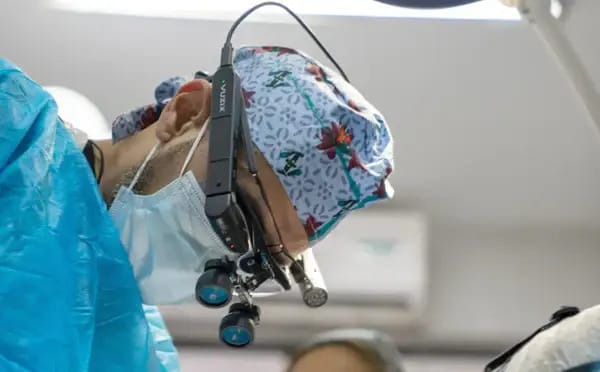
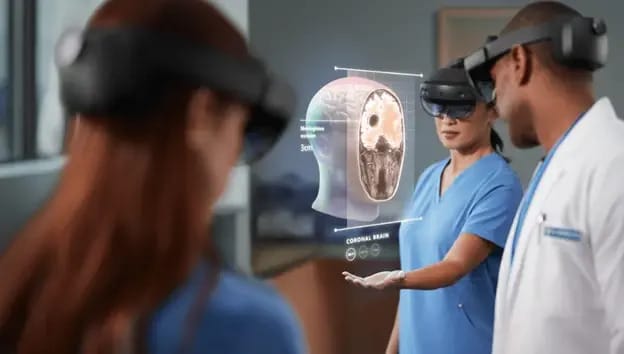
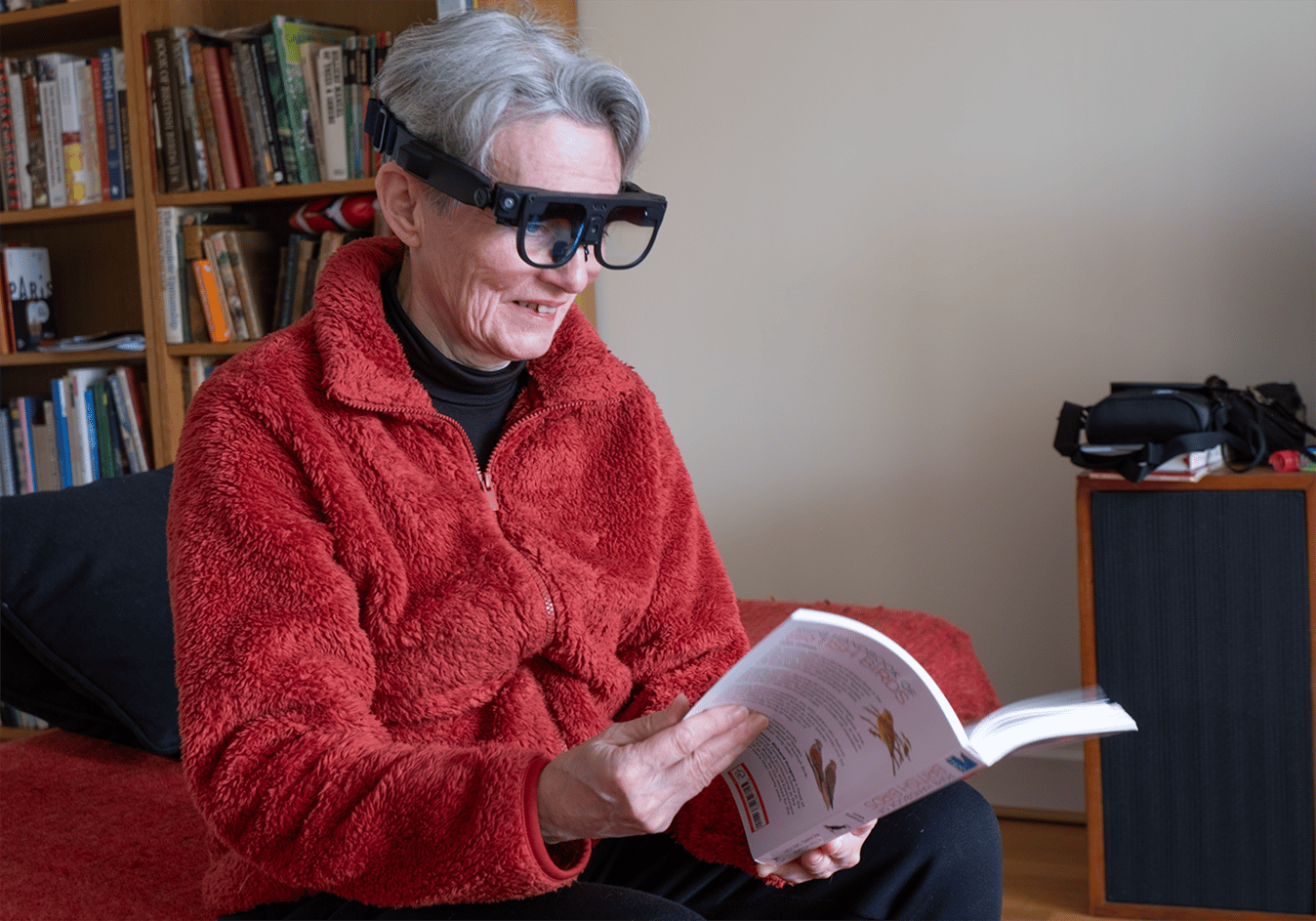
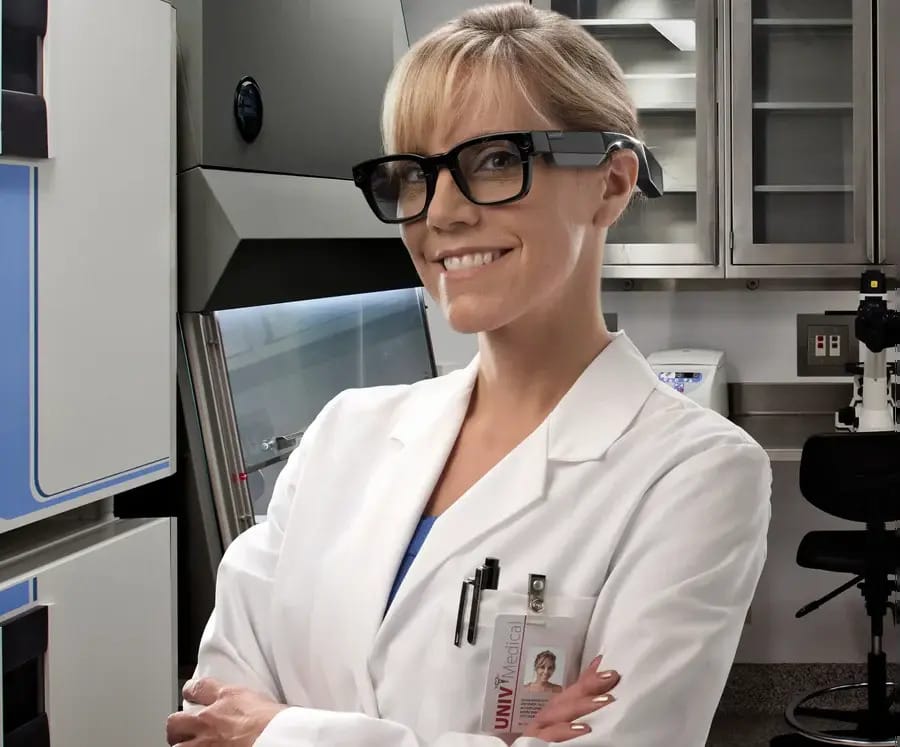

Reply